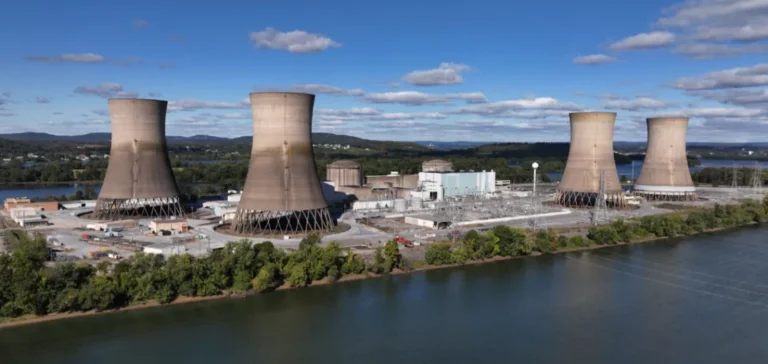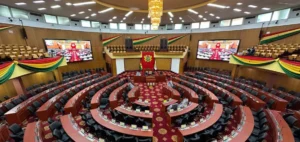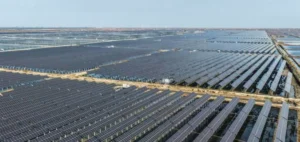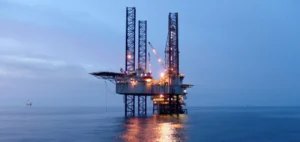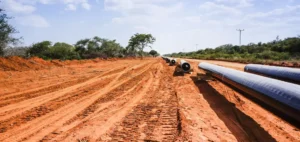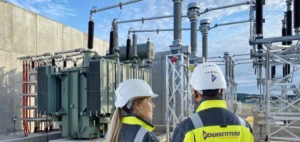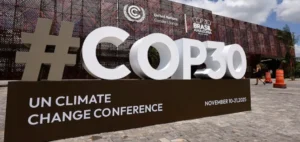The Government of Singapore has unveiled an ambitious public investment plan aimed at securing its energy future amid growing geopolitical uncertainty. Announced during the Singapore International Energy Week, the programme is built on four main pillars: technological diversification, regional interconnection, infrastructure modernisation and local workforce development.
Creation of nuclear-dedicated units and international cooperation agreements
Singapore is stepping up efforts to evaluate the potential of civil nuclear power. Two administrative structures have been created: the Nuclear Energy Office within the Energy Market Authority (EMA) and the Nuclear Safety Division within the National Environment Agency (NEA), tasked with managing nuclear-related activities. Cooperation agreements have been signed with the United States and France, and two new agreements will be concluded with the Idaho National Laboratory and the Battelle Memorial Institute to enhance technical and regulatory capabilities.
A reference document on nuclear capacity building will be released, marking a structural shift in the country’s approach to this energy source.
Deployment of electricity import projects and transmission infrastructure
Singapore is banking on stronger regional integration to ensure stable energy supply. The country plans to import up to 8 gigawatts of renewable energy from Indonesia, Malaysia, Cambodia and Vietnam, supported by cooperation agreements and conditional licences already granted. A second interconnector with Malaysia, capable of transporting 2 gigawatts, is also under study for commissioning by 2030.
Beyond electrons, Singapore is also investing in molecules. A 300-megawatt regulatory sandbox for biomethane will be launched in 2026 to stimulate supply chains and promote industrial adoption. Advanced studies are also underway on low-carbon ammonia and hydrogen, in partnership with several private stakeholders.
Gas infrastructure and power grid modernisation
Natural gas remains a cornerstone of Singapore’s energy mix. A S$44mn ($32mn) budget has been allocated to Keppel Electric and Sembcorp Cogen to develop two high-efficiency gas-fired power plants, expected to be operational by the end of 2026. The government also launched Singapore GasCo to centralise national gas procurement and build a diversified portfolio in terms of suppliers, price indices and contract durations.
A second liquefied natural gas (LNG) terminal, equipped with a floating storage and regasification unit, will increase national import capacity by 50%, reaching 15 million tonnes per year by 2030. This terminal will complement existing imports from markets such as the United States, Australia and Qatar.
Industrial development on Jurong Island and support for innovation
Jurong Island, Singapore’s industrial hub, is becoming a centre for low-carbon technology innovation. A 700-megawatt low-carbon data centre is under development, alongside a S$62.5mn ($45.5mn) testbed funded by the Agency for Science, Technology and Research (ASTAR) to validate and scale new decarbonisation solutions.
Companies such as CRecTech, FlueVault, Metha8 and Turnover Labs have expressed interest in the site. The government has also confirmed that its upcoming RIE 2030 strategy will include a dedicated funding stream for energy and industrial transition, with a focus on pilot and commercial-scale demonstration projects.
Training and employment growth in the energy sector
Projections from the Energy Sector Manpower Survey estimate that clean energy-related jobs will grow by 60% by 2034, representing around 1,000 additional positions, particularly in energy storage and electricity imports. EMA and SkillsFuture Singapore have updated the sector’s job-skills profiles to align training programmes with identified industry needs.


